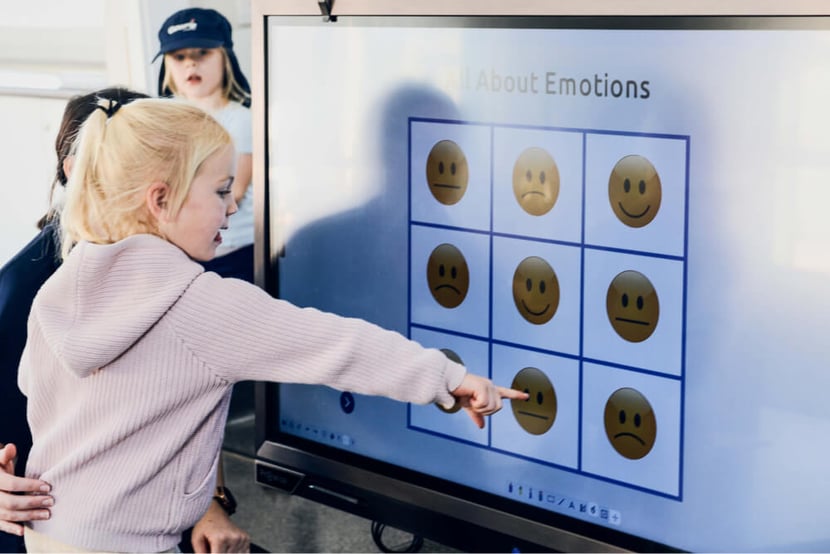Rewards charts have often been used as a way of getting children to comply with adult wishes, to change behaviour or to teach new skills, however, reward charts tend to be ineffective in the long term, and there are significant reasons why.
Firstly, reward charts or behaviour charts, as they are often called, depend on the observer catching the child doing the right thing, being very consistent and on the child having enough skill to complete the desired outcome without the chart becoming a disincentive.
Reward charts , star charts, behaviour charts are now frowned upon in early childhood for a range of reasons.
Reward charts depend on extrinsic motivation, independence is dependant on intrinsic motivation.
When we are supporting children in skill development or introducing a developmental process like toilet learning, for instance, external or extrinsic reward systems can backfire. We want children to feel proud of their attempts and achievements and want to do them because its part of what you do as you grow. Reward charts are not necessary and can often be counterproductive, causing unnecessary stress and unintended side effects like fear of the toilet, or tantrums when the star chart isn’t available eg when you are out shopping.
Toileting, bladder and bowel control are physiological issues which each child will manage as their development dictates and in their own time, not when it’s convenient for the grown-ups in their world. This is a sensitive time in a child’s life and one that is more successful when the experience is unrushed and positive.
As toddlers begin the process they are learning important self-help skills such as dressing and undressing, hand hygiene, manoeuvring on and off the toilet independently, recognising the biological signs, among others, extrinsic motivation often complicates things. At times, children will hang on if the reward is not forthcoming having unintended consequences such as constipation. This is a complex set of skills both physical and emotional that need to be navigated with care, support and empathy, not a sticker.

Quality early childhood programs do not use reward charts.
High quality early education and care services such as those facilitated by Gowrie NSW, do not use reward charts because they understand the intricacies of Child development. They know that behaviour is a form of communication and they understand that extrinsic motivation in the early years causes frustration and rarely, if ever, works.
Allied health professionals will occasionally use reward charts to help children to stay focused on intensive skill development and to give visual feedback to assist short-term skill consolidation. These are used in the short space of one session for instance a speech therapist may offer a favourite game as the reward at the end of a session for the correct pronunciation or a good attempt at the correct pronunciation of a sound throughout the session, or to make very repetitive practice more appealing, but the reward comes quickly.
More traditional reward charts over longer timespans are not used as they are simply not effective.




.jpg)

